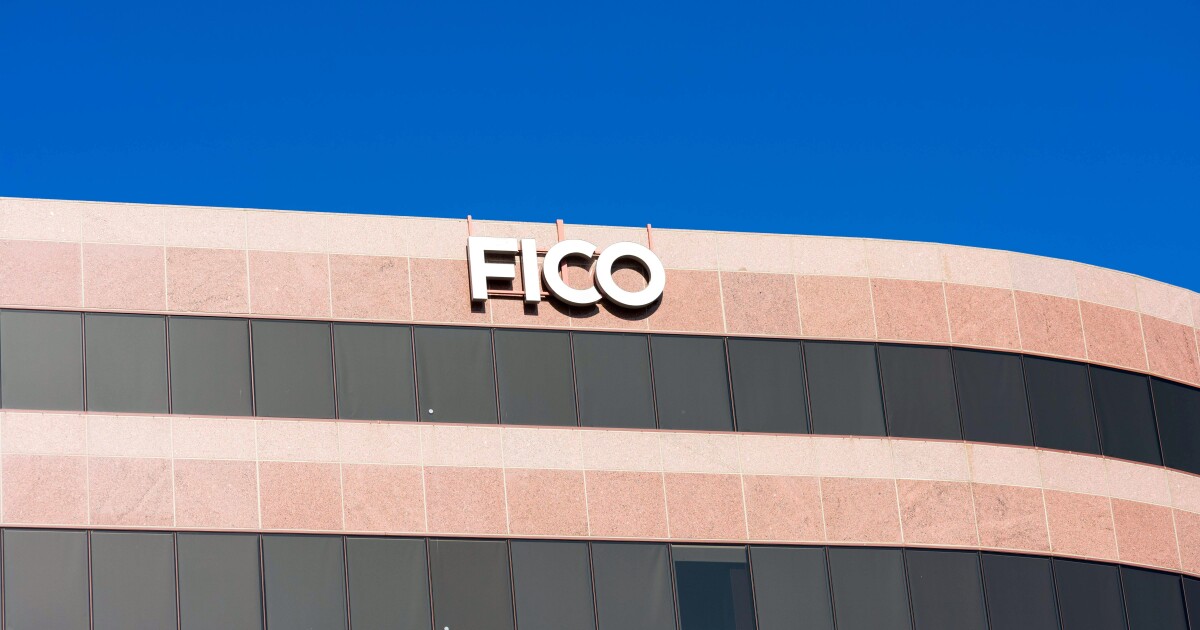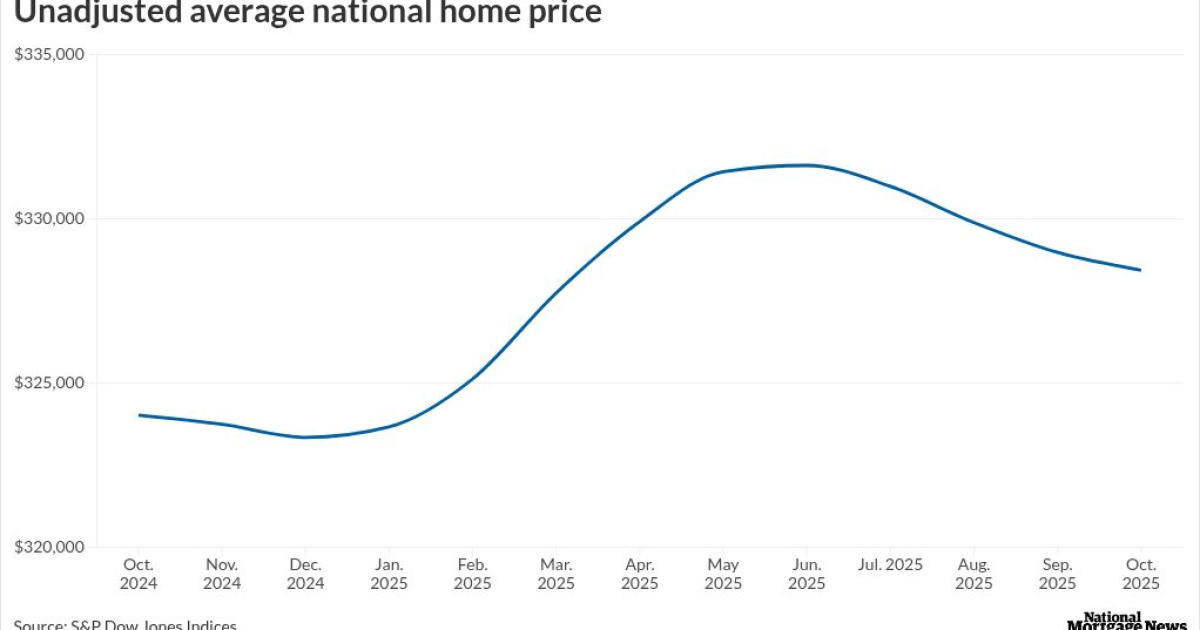
Primis Bank announced Tuesday that it has become the third home lender to publicly use an advanced
The company's adoption of FICO 10-T is significant because it adds momentum to
FICO 10-T can expand mortgage approval rates by up to 5% relative to classic version home lenders habitually use, and reduces default risk and losses by up to 17%, according to the score provider.
In addition to being the third mortgage lender to publicly announce its use of the advanced FICO score, Primis is the first institution of its type to do so.
"Primis means first, and we are pleased to be the first bank to adopt FICO's most innovative score for mortgage originations," said Greg Richardson, executive vice president, capital markets, in a press release.
Other home lenders that have made announcements about FICO 10-T, which is one the two scores that government-related mortgage investors Fannie Mae and Freddie Mac are legislatively mandated to move toward, are CrossCountry
Vantagescore 4.0, the other advanced credit metric Fannie and Freddie are moving toward, hasn't had confirmed public use in the mortgage market yet but may soon.
In conjunction with the
Meanwhile, Crosscountry announced last month that it's using FICO 10-T to originate non-QM loans and it appears to be the first to also publicly utilize it to issue mortgage-backed securities through a platform established last year.
Jennifer Stacensky, chief operating officer at Crosscountry, said in an email that initial responses to the company's use of FICO 10-T have been positive, and as a leading non-QM lender the company will likely influence others to take a similar path.
"Feedback from institutional investors and other market participants has been very positive. Many capital market participants, securitization underwriters, and institutional investors have already reached out to us to learn more," she said.
While FICO 10-T and Vantagescore both appear to be anecdotally gaining some momentum with banks, non-depositories, securitizers and credit unions even without Fannie and Freddie's full adoption, some still question how far demand for the credit metrics can go.
Lenders don't like the idea of having to buy multiple credit metrics and have been concerned about
They're concerned about whether other government agencies like the Federal Housing Administration will join Fannie and Freddie in adopting advanced scores or whether they'll need different ones for the various entities.
Also, industry groups like the Community Home Lenders of America are concerned that the path to two advanced scores Fannie and Freddie have been on could multiply those costs within the agencies' market.
As a result, the group has called for a choice between the two when they're implemented, according to Rob Zimmmer, director of external affairs and author of a recent white paper on the topic.
The Home Loan bank of San Francisco only requires one score, according to Teresa Bryce Bazemore, its president and CEO.
Meanwhile, nonbanks that don't make high-cost loans outside government-related program limits may have little incentive to pay for advanced scores in the private market, said Kelly Welch, executive vice president, Equity Resources, a CHLA member.
How much use of the advanced FICO score is costing lenders using them in the private market is unclear. When asked about the costs for Crosscountry's use of FICO 10-T, Stacensky said the terms are confidential.



